Latest & Greatest
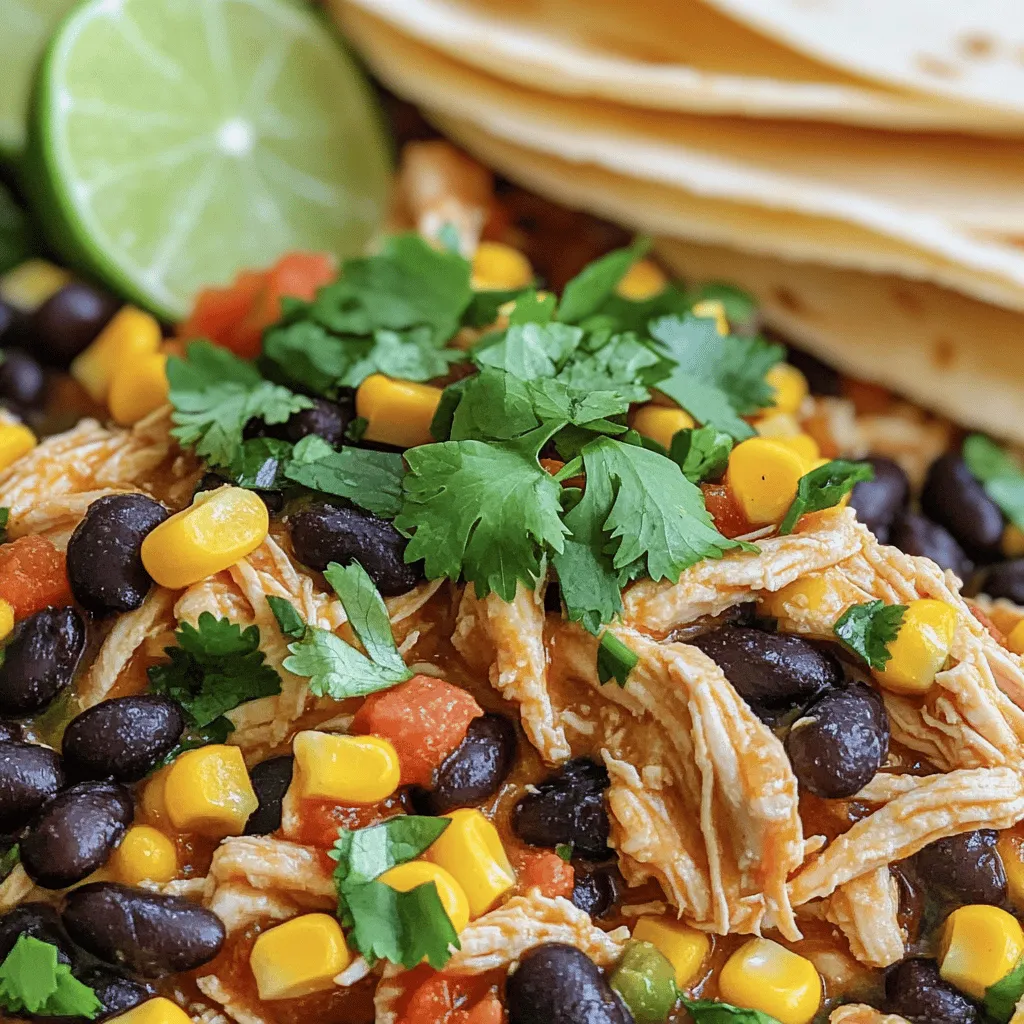
Crockpot Mexican Chicken Flavorful and Easy Dish
Are you ready to spice up your dinner routine? This Crockpot Mexican Chicken is a flavorful and easy dish that
Read more…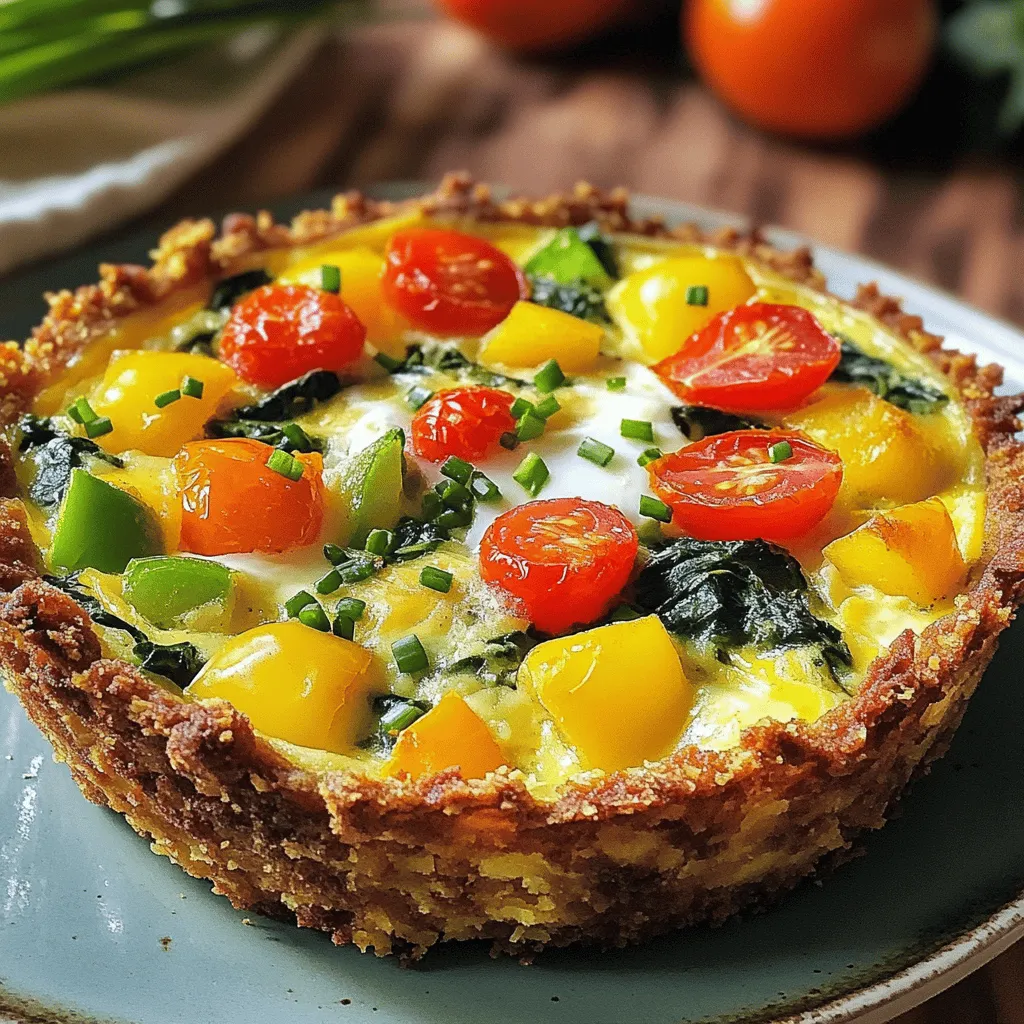
Spring Hash Brown Crust Quiche Fresh and Flavorful Recipe
Spring is here, and it’s the perfect time for a fresh and flavorful dish! Today, I’ll share my Spring Hash
Read more…browse recipes
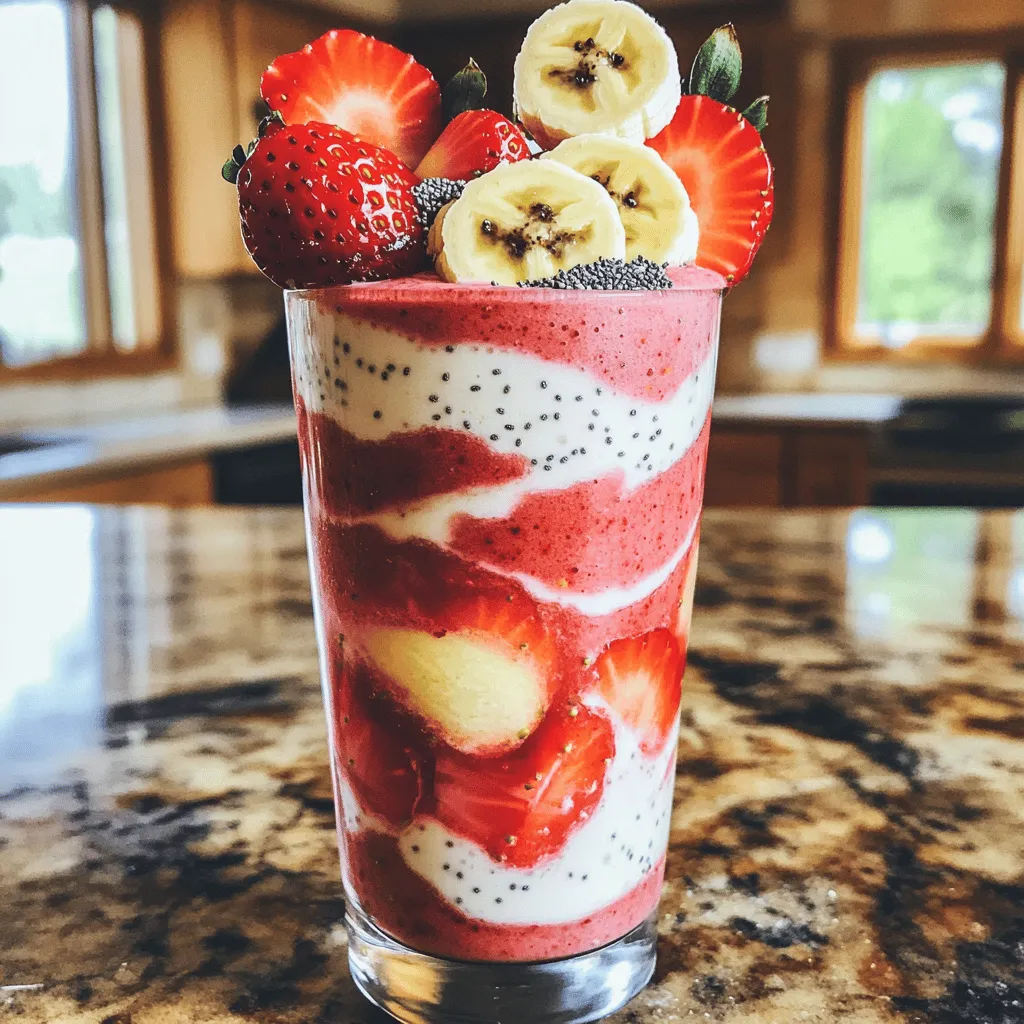
Strawberry Banana Protein Smoothie Tasty and Nutritious
Looking for a quick and tasty way to boost your nutrition? The Strawberry Banana Protein Smoothie is your perfect match! Packed with fresh fruits…
My Latest Desserts
My Latest Recipes
hey,
i’m !
I’m so happy you’re here!
Cooking is my love language, and I’m excited to share my best dishes with you. Hope they become your favorites too! Let’s enjoy every bite of this journey together.
Pineapple Fried Rice Flavorful and Easy Dinner Meal
Ready to make dinner exciting? Pineapple Fried Rice is not only flavorful but also super easy to whip up. Imagine sweet pineapple paired with…
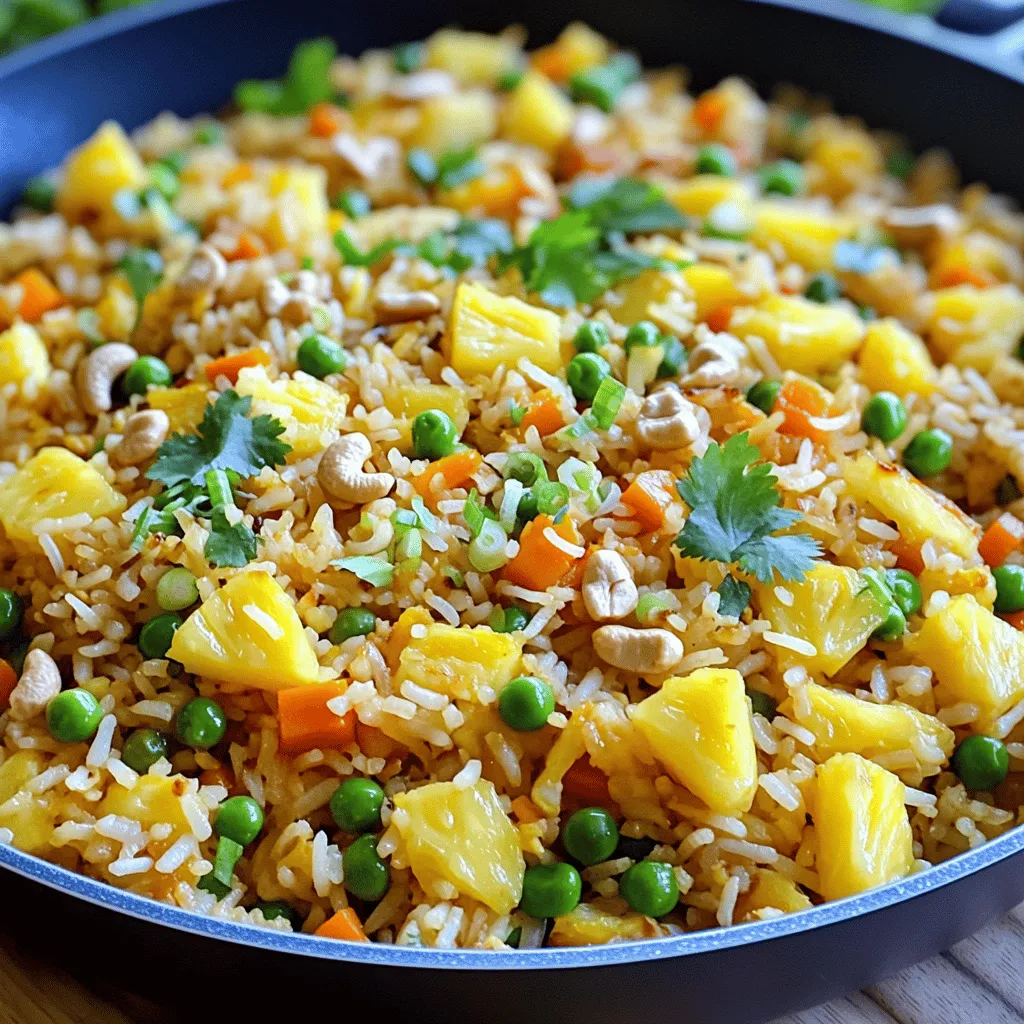
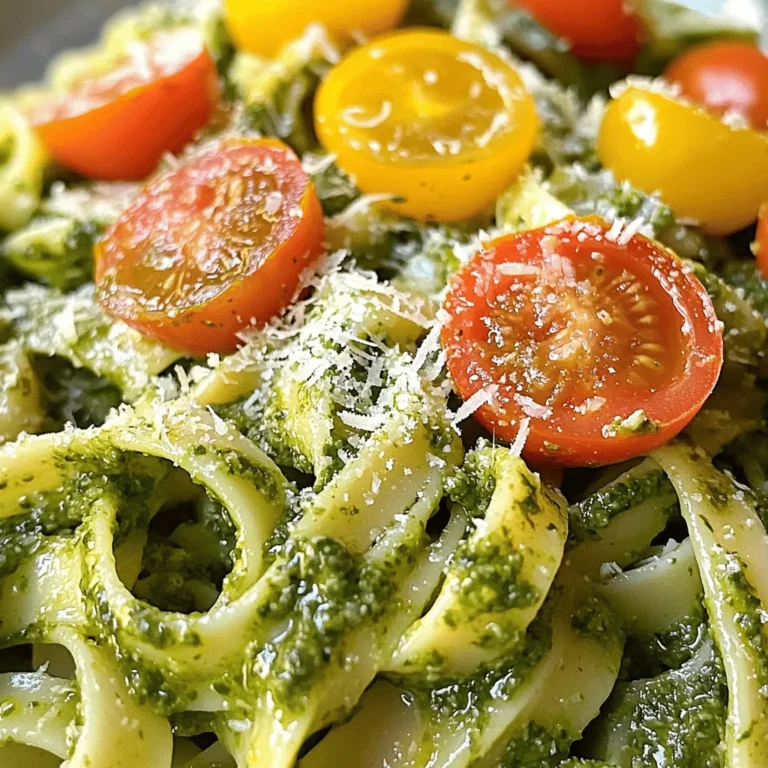


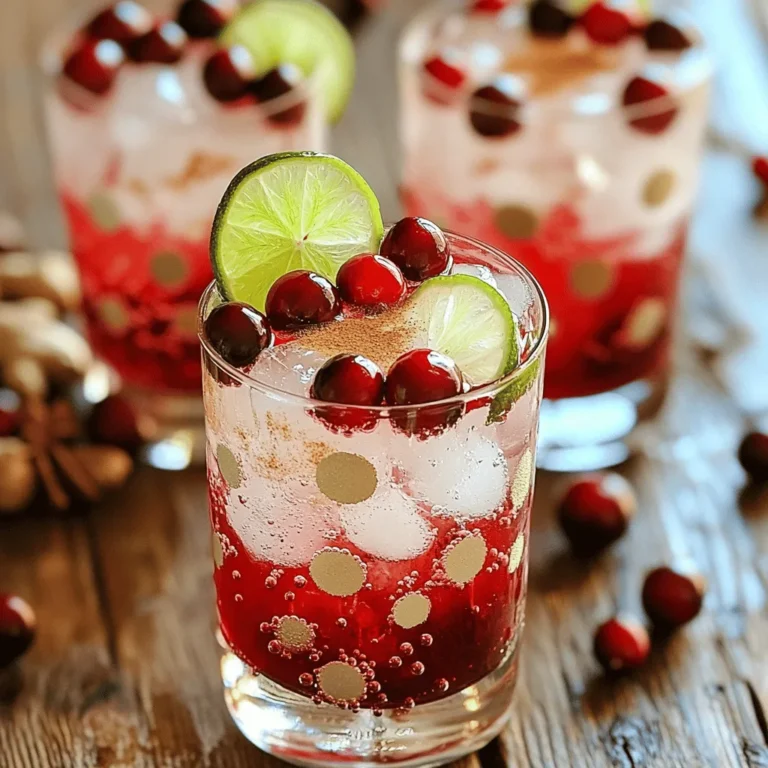






![To make a delicious Mango Coconut Protein Shake, gather these key ingredients: - 1 ripe mango, peeled and diced - 1 cup coconut milk (canned or carton) - 1 scoop vanilla or coconut protein powder - 1 tablespoon unsweetened shredded coconut - 1 tablespoon honey or maple syrup (optional) - 1/2 cup ice cubes - A pinch of salt Each ingredient plays an important role. The ripe mango gives natural sweetness and a vibrant color. Coconut milk provides creaminess and a tropical flavor. Protein powder boosts the shake’s nutritional value, making it great for a post-workout treat. Shredded coconut adds texture and richness. Honey or maple syrup is optional, but it can enhance sweetness if needed. Ice cubes chill the shake and make it refreshing. Finally, a pinch of salt balances the flavors. Follow the [Full Recipe] for detailed steps to create your shake. Enjoy the blend of flavors and nutrients in every sip! To start, you need to prepare your ingredients. First, peel and dice the ripe mango. This fruit adds a sweet and tropical taste to your shake. If you use canned coconut milk, shake or stir it well to mix the cream and liquid. Next, gather your protein powder, shredded coconut, honey or maple syrup, ice cubes, and a pinch of salt. Now it's time to blend. Place the diced mango, coconut milk, protein powder, shredded coconut, and honey or maple syrup into your blender. Add the ice cubes and a pinch of salt to balance the flavors. Blend the mixture on high until it becomes smooth and creamy. You want to ensure there are no chunks of mango left. This should take about 30-45 seconds. After blending, taste your shake. If it needs more sweetness, add a bit more honey or maple syrup. Blend again for a few seconds to mix it all in. Pour your shake into a tall glass or a to-go cup for easy drinking. To make it look nice, you can garnish it with a sprinkle of shredded coconut on top. A slice of fresh mango on the rim adds a pretty touch. Enjoy your mango coconut protein shake chilled for a refreshing boost! For the full recipe, refer to the earlier section. To get the best texture, start with the right order of ingredients. Put the liquids first, then add the solids. This helps the blender mix better. Use a high-speed blender for smooth results. If you want a creamier shake, add more coconut milk. Blend for 30-45 seconds. This should give you a nice, smooth drink. To avoid any chunks, make sure to blend until you see no mango pieces left. If you still find chunks, give it a quick second blend. You can also cut the mango into small pieces to help it blend easily. You can choose between honey and maple syrup for sweetness. Honey gives a rich taste, while maple syrup adds a unique flavor. If you want a healthier option, consider using mashed banana or dates. Both options add natural sweetness. Start with one tablespoon of your chosen sweetener. Then, taste the shake. If it needs more sweetness, add a little more and blend again. This way, you have full control over how sweet your shake will be. To boost nutrition, think about adding greens like spinach or kale. These options blend well and add vitamins. You can also add superfoods like chia seeds or flaxseeds for extra fiber and omega-3s. If you want more protein, try adding Greek yogurt or more protein powder. Both will make your shake even more filling. Just remember to adjust the other ingredients if you add more. This way, you keep the balance of flavors right. {{image_2}} You can easily change the flavor of your mango coconut protein shake. Try adding other fruits like banana or pineapple. Bananas give it a creamy texture. Pineapples add a sweet and tart taste. Both options will make your shake even more delicious. You can also experiment with different protein powders. Try chocolate or berry flavors for new taste experiences. If you want a dairy-free shake, you have great options. You can swap coconut milk for almond or oat milk. Both will still keep your shake creamy. Look for dairy-free protein powders too. Many brands offer tasty plant-based options that work well in this shake. Make the most of seasonal fruits for your shake. In summer, combine mango with fresh berries or peaches. These fruits add bright flavors. In winter, use frozen fruits for convenience. They blend well and stay fresh longer. This way, you can enjoy a tropical feel all year round! To store leftover mango coconut protein shake, follow these tips: - Place the shake in an airtight container. - Leave some space at the top for expansion. - Store in the fridge and consume within 24 hours for best taste. For refrigerator storage, use glass or BPA-free plastic containers. These keep the shake fresh and safe. If you want an easy option, try a mason jar. It's perfect for single servings. You can freeze the shake for later use. Here’s how: - Pour the shake into ice cube trays or freezer-safe bags. - Leave space for expansion if using bags. - Seal tightly and label with the date. To thaw, place the frozen shake in the fridge overnight. For quick use, run the bag under warm water. Blend again for a smooth texture. In the fridge, the shake lasts about 1 day. If you see separation, just shake or stir it. However, if it smells sour or looks strange, it’s best to toss it. Always trust your senses when checking for freshness. How to make a mango coconut protein shake? To make a mango coconut protein shake, gather your ingredients. You need a ripe mango, coconut milk, protein powder, shredded coconut, ice, and salt. 1. Dice the mango and prepare the coconut milk. 2. Blend all ingredients together until smooth. 3. Enjoy your shake cold! Can I use frozen mango for this recipe? Yes, you can use frozen mango. It adds a nice chill and makes the shake thicker. Just toss it in the blender with the other ingredients. No need for ice if you use frozen mango! Is a protein shake healthy for breakfast? Yes, a protein shake can be a healthy breakfast. It provides protein, vitamins, and healthy fats. This can keep you full and energized. Just make sure to balance it with other food throughout the day. What are the benefits of using coconut milk? Coconut milk adds creaminess and a tropical flavor. It’s dairy-free and can help those with lactose intolerance. It also contains healthy fats that support heart health. How can I make this shake vegan? To make this shake vegan, use plant-based protein powder. Also, choose agave syrup instead of honey. The rest of the ingredients are already vegan-friendly! What can I substitute for protein powder? You can use Greek yogurt or silken tofu as a substitute. These options add protein too. Just blend them in with the other ingredients for a smooth texture. For the full recipe, check out the detailed steps above. Enjoy! This blog post covered how to create a delicious mango coconut protein shake. We explored the ingredients needed and the easy steps for making it. Remember to blend well for a smooth texture and adjust sweetness to your liking. Consider adding fruits for extra flavor or nutrients. You can store leftovers in the fridge or freeze them for later. Enjoy experimenting with variations. Don't forget, a tasty shake can boost your day!](https://recipespursuit.com/wp-content/uploads/2025/06/a2794a16-e22c-45b7-a749-5068e6f29dce-300x300.webp)
. Enjoy your cooking! To keep your gnocchi from turning mushy, use a large pot of boiling salted water. Only cook the gnocchi until they float, usually 2-3 minutes. After cooking, drain them well. Avoid letting them sit in water. If you want variations, try pan-frying them for a crispy texture. This adds a nice contrast to the creamy sauce. To bring out more flavor, consider adding crushed red pepper flakes or a pinch of nutmeg. These spices can elevate the dish. Fresh herbs like basil and parsley add brightness. Chop them finely and stir them in just before serving. This keeps their flavor fresh and vibrant. For sides, a simple arugula salad with lemon vinaigrette works well. It balances the creaminess of the gnocchi. You can also serve garlic bread to soak up the sauce. For wine, a crisp white like Sauvignon Blanc pairs perfectly. It complements the richness of the dish without overpowering it. For a full recipe of Creamy Tuscan Gnocchi, be sure to check out the complete instructions above! {{image_2}} If you want a gluten-free version of creamy Tuscan gnocchi, use gluten-free gnocchi. Many brands offer this option. You can find them in grocery stores. Check the label to ensure they meet your needs. Adjust cooking methods if you use gluten-free gnocchi. Cook them according to the package instructions. Keep an eye on the texture, as they can cook faster than regular gnocchi. Adding protein can make this dish even better. You can use chicken, shrimp, or a vegetarian option like chickpeas. For chicken, chop it into bite-sized pieces. Cook it in the skillet before adding the garlic. Cook for about 5-7 minutes until it’s no longer pink. If you prefer shrimp, add them after the tomatoes. Cook for about 3-4 minutes until they turn pink. For a vegetarian twist, toss in cooked chickpeas or lentils. They add protein and pair well with the creamy sauce. You can easily change the vegetables in this recipe based on what’s fresh. In spring, try asparagus or peas. In fall, use butternut squash or kale. Incorporating seasonal herbs can also brighten the dish. Fresh basil works well, but you can also use parsley or thyme. Just add them at the end for the best flavor. For more details on the full recipe, visit the Full Recipe section. To keep your creamy Tuscan gnocchi fresh, store leftovers in an airtight container. This helps prevent moisture loss and keeps flavors intact. You can keep it in the refrigerator for up to three days. If you need to store it longer, consider freezing it. In the freezer, it can last for up to three months. When reheating, the goal is to maintain texture and flavor. The stovetop is the best method. Simply add a splash of water or broth to your gnocchi and warm it over low heat. Stir often to ensure even heating. If you choose the microwave, use a microwave-safe dish. Heat in short bursts, stirring in between, to avoid hot spots. Creamy sauces can be tricky to freeze. They can separate when thawed. To prepare your creamy sauce for freezing, let it cool completely. Then, transfer it to a freezer-safe container. When you’re ready to use it, thaw it in the fridge overnight. Reheat slowly on the stovetop, adding a little cream or broth to help restore creaminess. You can use both store-bought and homemade gnocchi. Store-bought gnocchi is quick and easy. You can find it in most grocery stores. It cooks fast and tastes great. Homemade gnocchi offers a fresh taste. It can be made with potatoes or ricotta. If you love cooking, try making your own! To make this dish dairy-free, swap heavy cream for coconut cream or cashew cream. Use nutritional yeast instead of Parmesan cheese for a cheesy flavor. There are also many plant-based cheese options available. These swaps keep the dish creamy and tasty without dairy. Yes, you can make this dish ahead of time. Cook the gnocchi and sauce separately. Store them in airtight containers in the fridge. When you're ready to eat, combine them and heat on the stove. This method keeps the gnocchi from getting mushy. You can also freeze the dish, but the texture may change. For the best taste, I recommend making it fresh. For the full recipe, click here! In this post, we explored how to make creamy Tuscan gnocchi. We covered ingredients, cooking methods, and tips for perfecting this dish. From sautéing vegetables to making a rich sauce, each step matters. I shared variations for dietary needs and storage tips for leftovers. Remember, cooking is fun and flexible. Feel free to adjust as you like. Enjoy your cooking adventure with creamy Tuscan gnocchi!](https://recipespursuit.com/wp-content/uploads/2025/07/d60eff59-53a2-4d2d-a692-01878c85ab0b-300x300.webp)

. Enjoy cooking this easy and tasty dish! Roasting vegetables is simple and tasty. We covered the best veggies like broccoli, carrots, and zucchini. We explored how to make a flavorful dressing with olive oil, lemon, and herbs. You learned tips for perfect roasting and how to store leftovers. The options for variations let you get creative. Remember, fresh ingredients make a big difference. Enjoy your delicious roasted veggies any time!](https://recipespursuit.com/wp-content/uploads/2025/07/a2b87498-289f-492f-b0b3-effd4a17394b-300x300.webp)
